can I connect the client that I created using the vm to the pfsense interface in virtualbox?
-
I expect to see something like this:

Steve
-
@stephenw10
the network settings like this sir?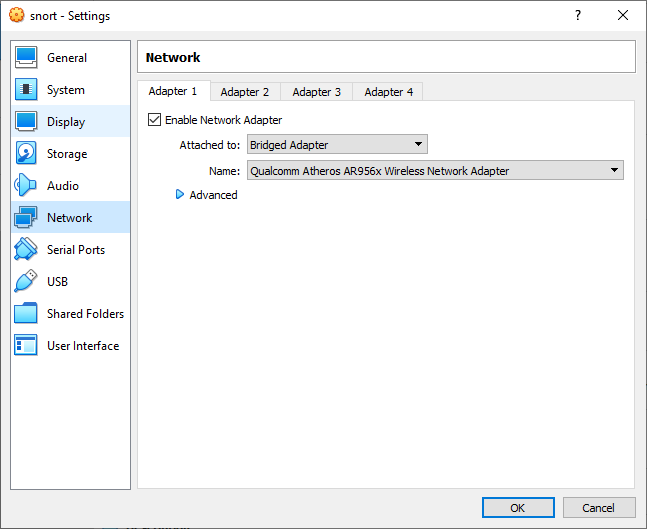
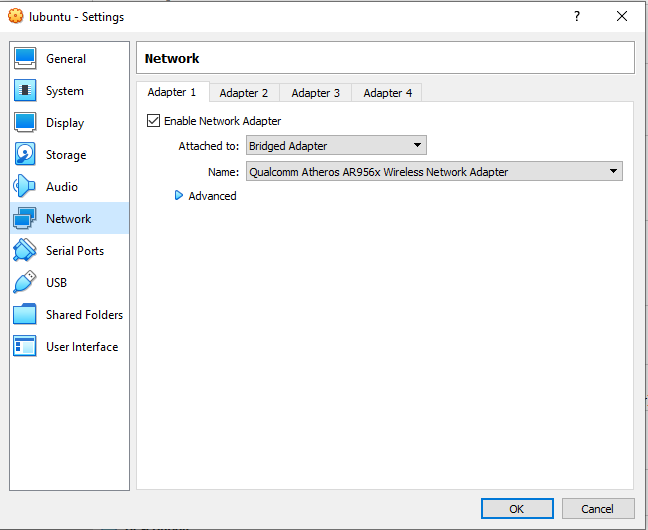
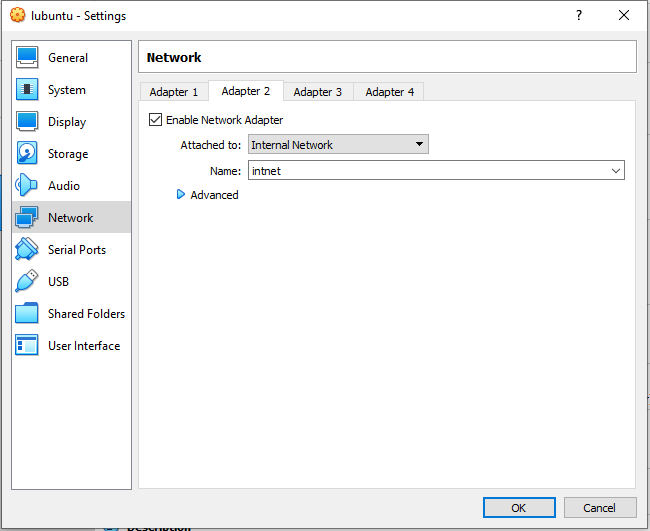
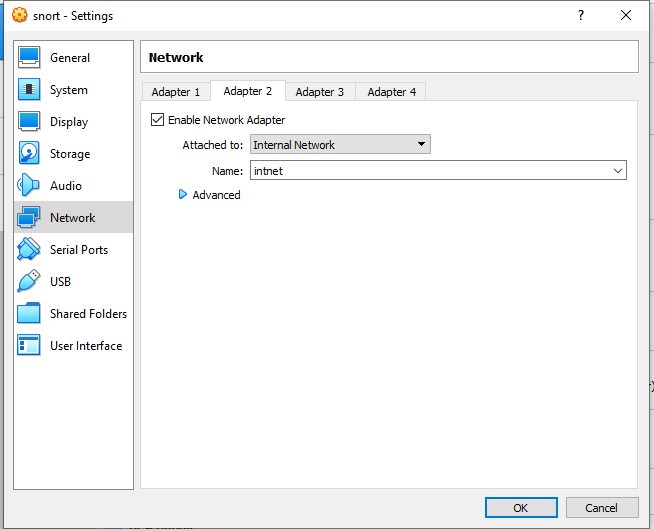
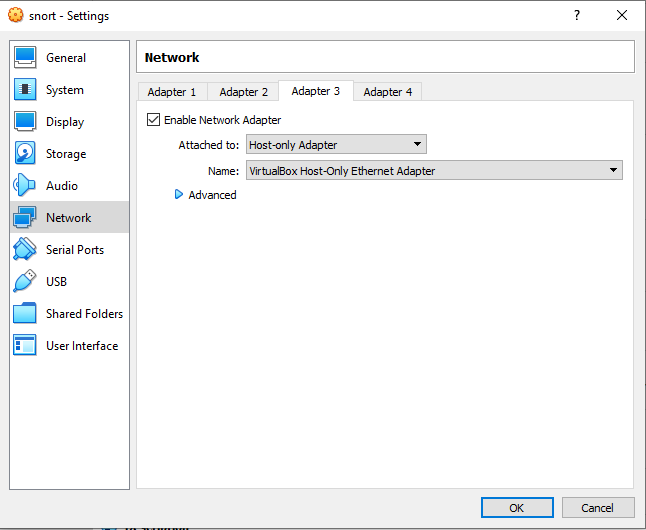
-
looks like I put it wrong, the internet/cloud should be above the firewall.
if so how sir? -
@ezvink
if i use network settings like this one i can't access the web gui from pfsense sir.
the host-only interface must be on adapter 2 and the internal network must be on adapter 3 @stephenw10 -
@ezvink said in can I connect the client that I created using the vm to the pfsense interface in virtualbox?:
i can't access the web gui from pfsense
pfsense should be accessed from a LAN.
The default settings with anti- lockout protection allows access from the default / fist LAN. For other internal LANs you need to explicitly add a firewall rule to allow GUI access to pfsense (port 443 from that lan to pfsense).If you need WAN access to pfsense set up a secure link (VPN) first then use that.
See https://docs.netgate.com/pfsense/en/latest/config/advanced-admin.html
-
@patch
so I have to use a vpn so that the client can connect to pfsense? is that so sir? -
@ezvink
Exposing pfsense GUI to the internet is a bad idea. If you need WAN access to pfsense GUI do it via a secure means such as VPN to the LAN side then use that.To access the GUI from an interface other than the default LAN you need to add a firewall rule to allow such access.
-
@patch
means I have to add a firewall rule on the LAN so that I can secure the client network in pfsense? -
This is just a test setup so I would simply add a firewall rule on WAN to allow access to the webgui from the local WAN subnet.
I expect to see three VMs there and only pfSense VM to have two Network adapters.
But you appear to have 2 VMs only and 'lubuntu' has two Network Adapters. Is that the server or attacker?Steve
-
@stephenw10
I was wrong sir, I will only add 1 adapter in the lubuntu VM -
And is that 'Lubuntu' VM the server or the attacker?
Where is the other host?
-
@stephenw10
VM lubuntu as server sir
my initial goal is for this lubuntu VM to be connected to pfsense first, sir so that i can secure the server using snort/suricata in pfsense -
OK, so the attacker is somewhere external? Another host on your local network?
That should be fine. The attacker in the diagram I drew is also a VM in VBox but connected via the bridged interface appears like any other host on the local network.
Steve
-
@stephenw10
I followed the topology you made, sir, but the client and pfsense can't connect -
@stephenw10
I'm confused there, why the client and pfsense can't connect, I'm confused there.
what i want is i want client and pfsense to connect so sir.how to get client and pfsense connected?
-
By client you mean the 'lubuntu' VM?
That now has just one NIC and it's setup as internal network?
And the pfSense VM only has two NICs and the LAN NIC is configured as internal network also?
-
@stephenw10
Yes, sir, it's an Lubuntu VM.yes, that's right, the lubuntu VM I set up only has 1 adapter
for VM pfsense has 3, 1 Bridge adapter, 2 Host-Only adapters, 3 Internal Network adapters
-
And which one is LAN? The LAN NIC must be the Internal Network adapter.
I would just remove the host only adapter. I can see no reason to include it at this point.
-
@stephenw10
which LAN adapter sir? I didn't set the LAN adapter but in pfsense it's already there automatically
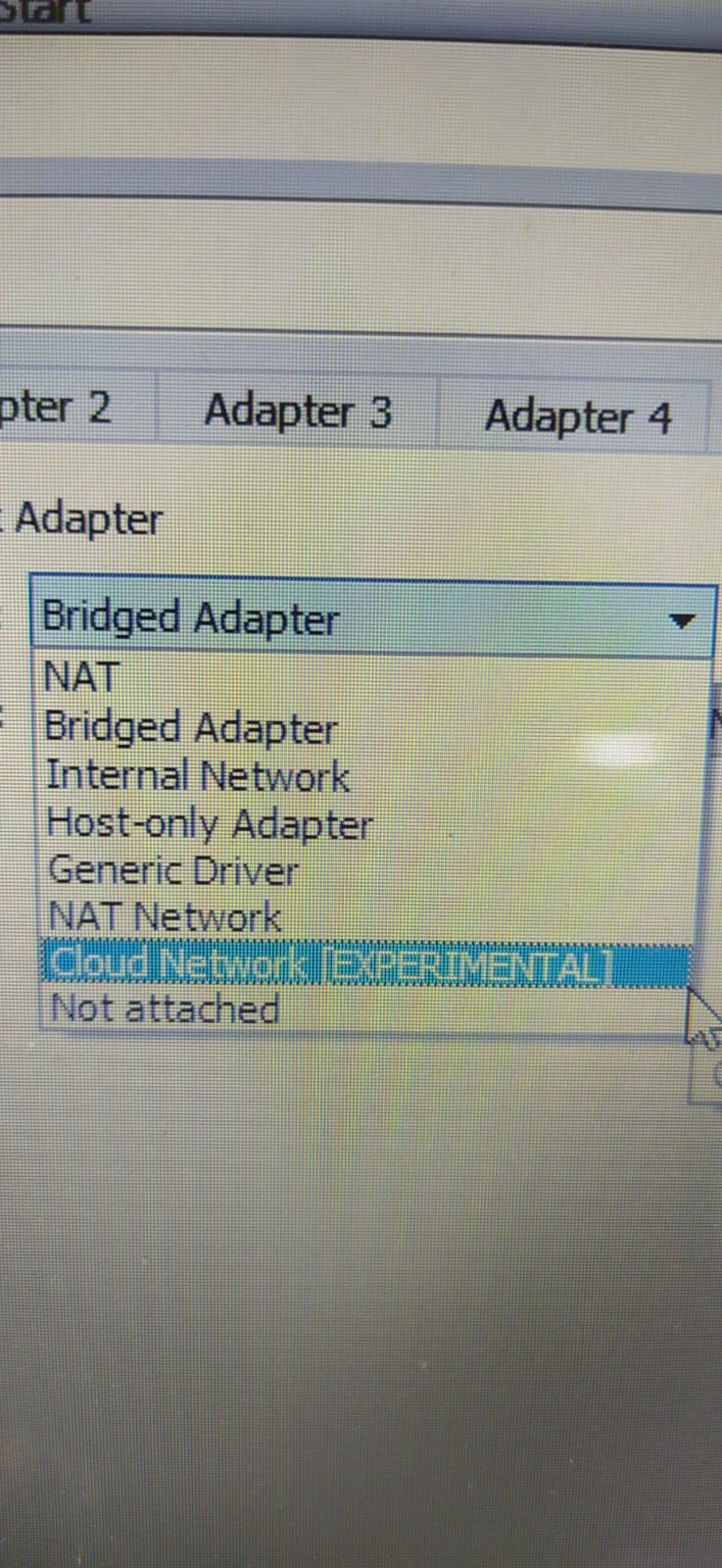
-
You have 3 interfaces in the pfSense VM. Are they all assigned?
I would expect to see WAN, LAN and OPT1 but only LAN will allow connections to the webgui by default.
That is probably adapter 2 which you currently have set as host only.
If your Lubuntu VM is connected via the Internal Network to the pfSense adapter 3 (OPT1) then you will need to add firewall rules on OPT1 to allow it to connect.
Steve